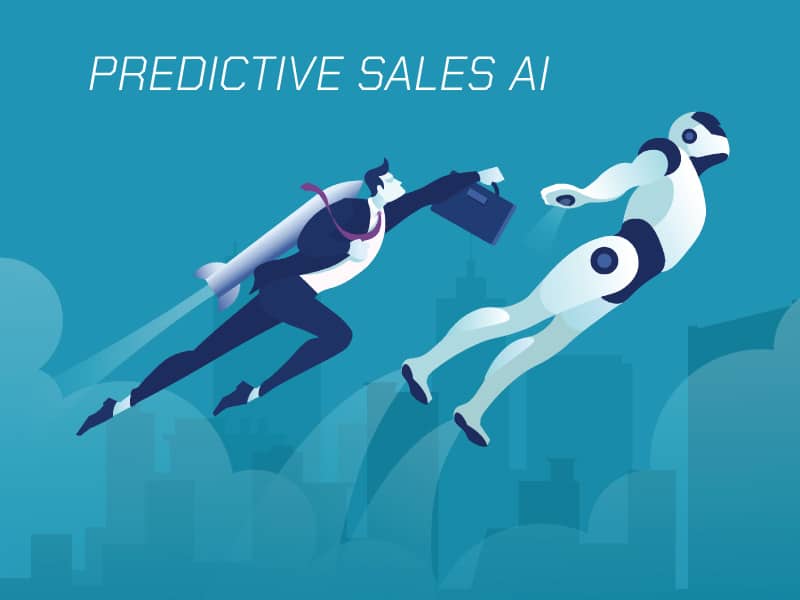
Transform Your Sales Strategy With Predictive Sales AI Technology
The Predictive AI Market is estimated to reach $108.0 billion by 2033. This remarkable growth underscores the critical role of AI in driving innovation and efficiency across industries. As businesses strive to stay competitive, investing in predictive AI solutions is essential for enhanced decision-making and operational efficiency. When your sales team is stuck with an overflowing pipeline of non-converting opportunities, you know how

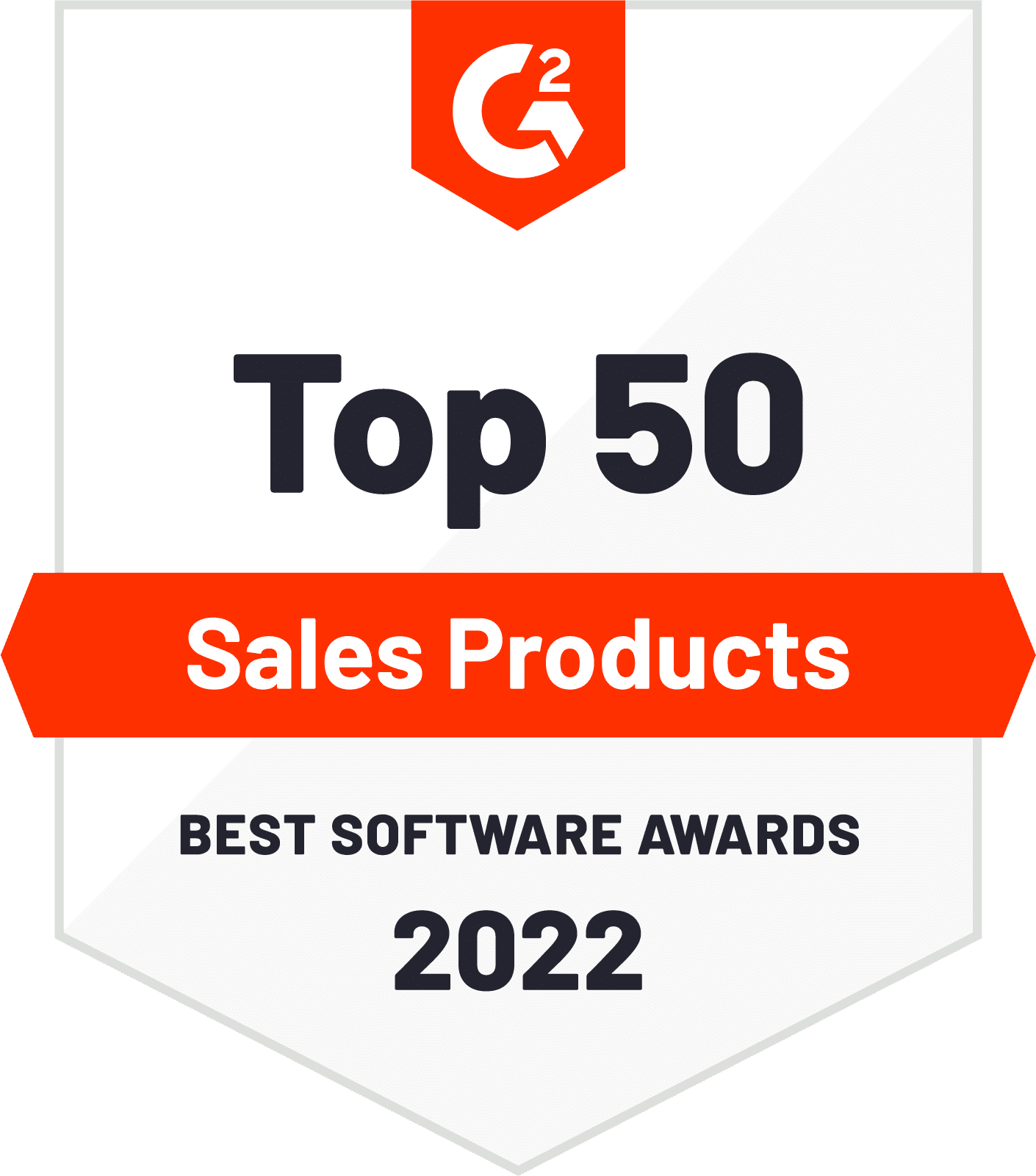
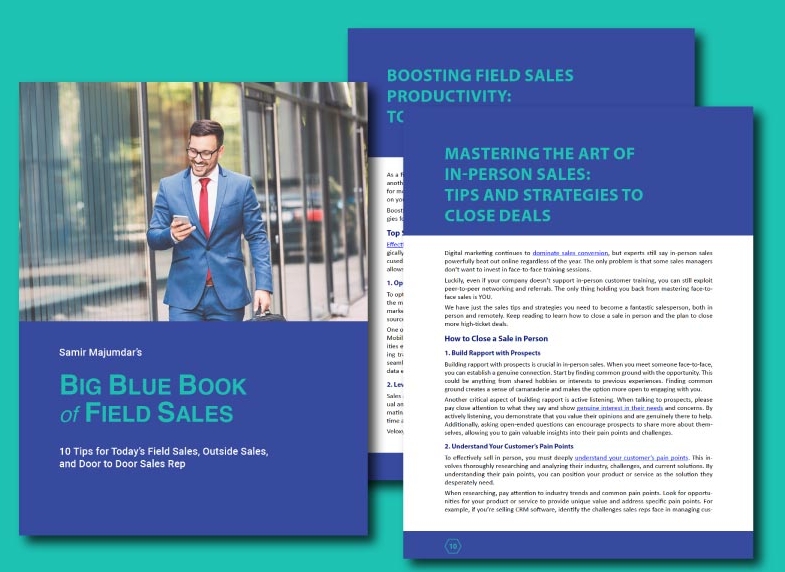
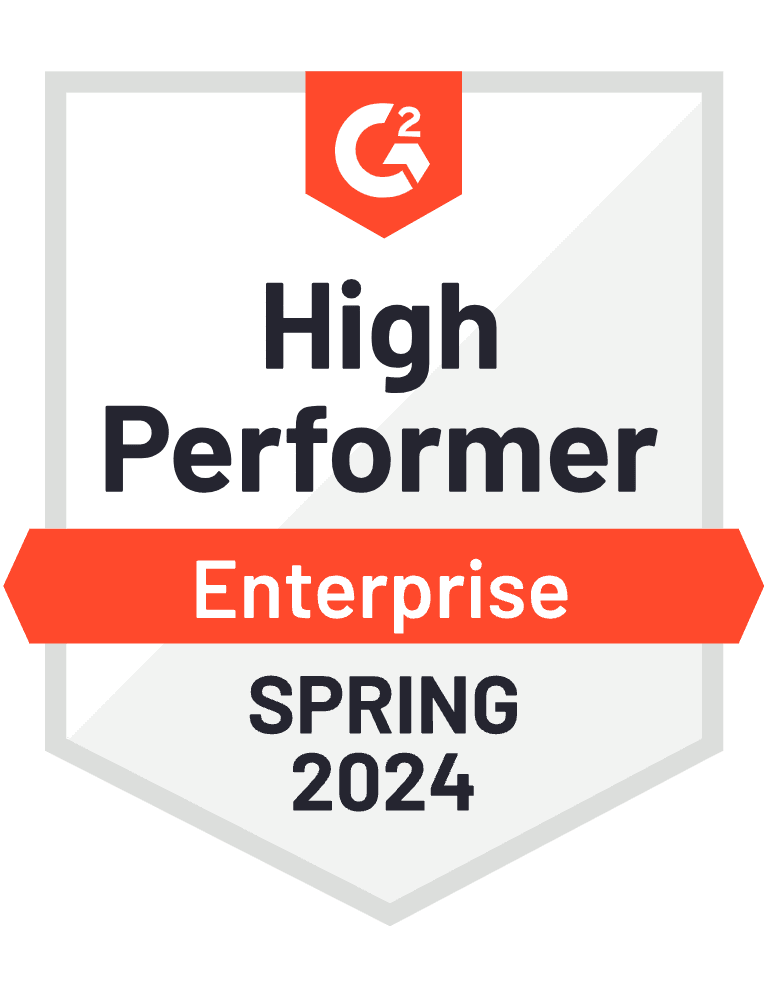


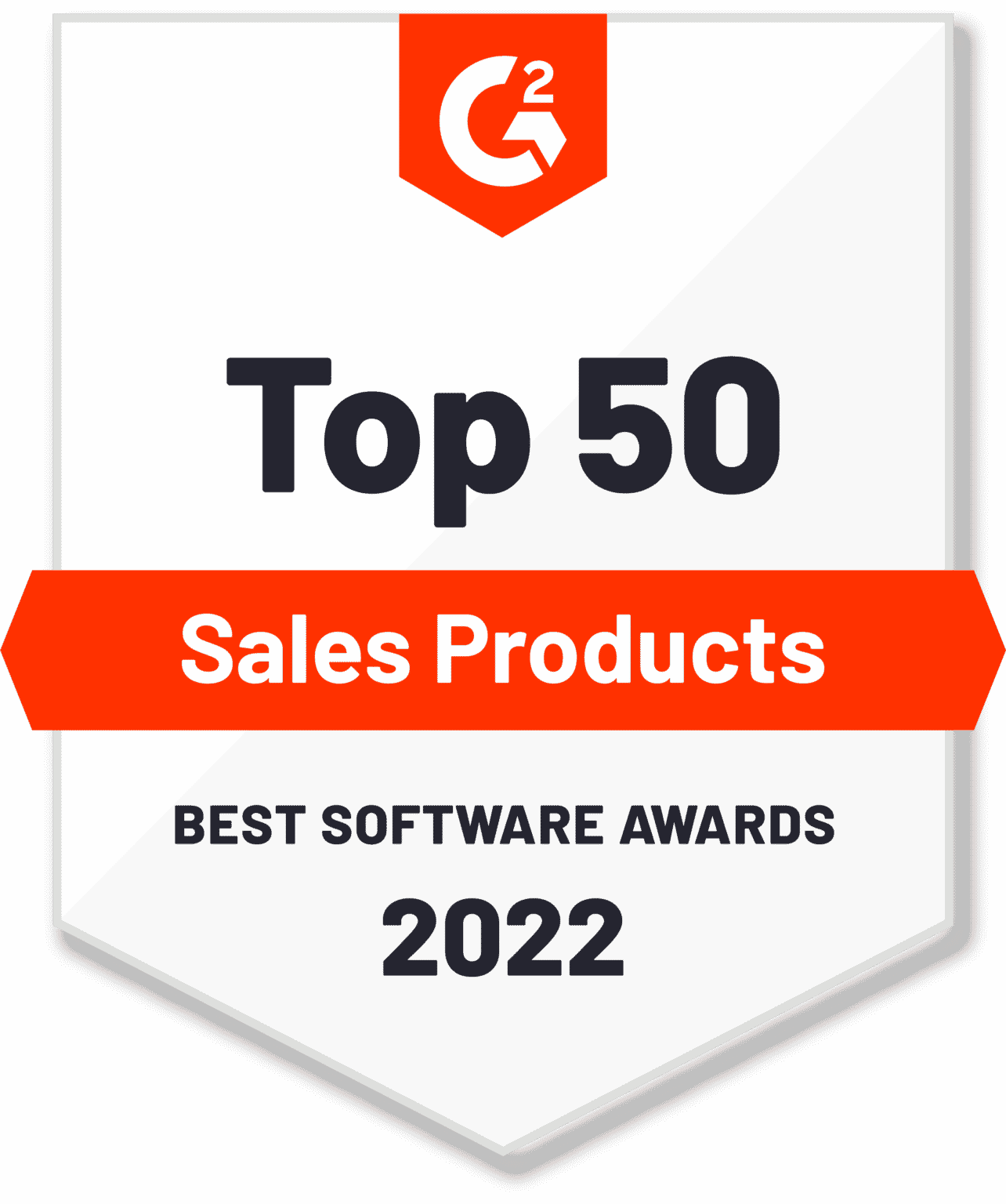
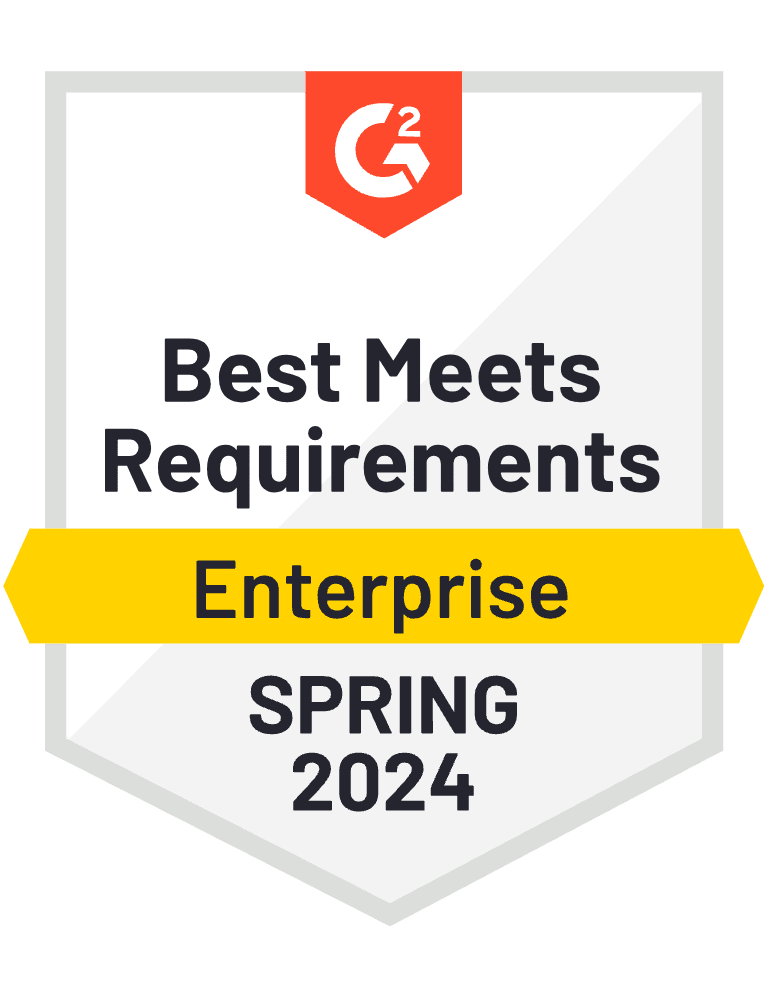

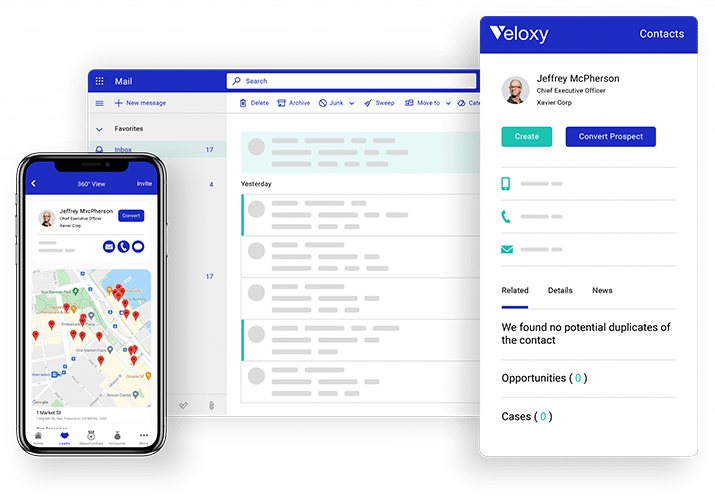




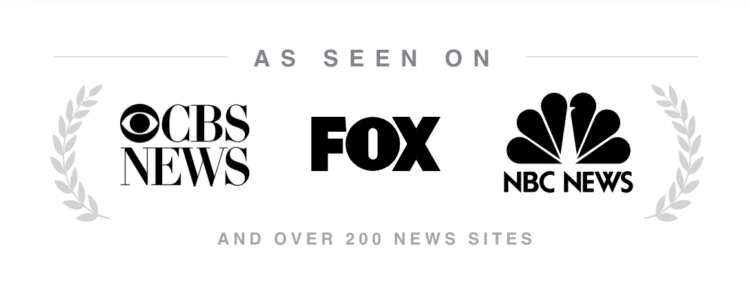









The average Salesforce instance has thousands of prospects, leads, and customers. Here’s the problem. Each contact has a different propensity to buy.
Salespeople must balance selling and non-selling activities every day. Making calls, meeting customers, and prioritizing leads are key tasks.
Did you know salespeople spend 145 hours annually prioritizing leads manually? You might think, “That’s manageable, just a couple of hours weekly.”
But consider this: 66% of salespeople use “gut-instinct” to prioritize leads. Geography, the alphabet, and company size are common factors.
You might wonder, “How should I prioritize leads and opportunities?”
I’m glad you asked. This article dives deep into lead prioritization strategies, especially AI-driven methods.
What is Lead Prioritization?
Lead prioritization ranks leads based on their likelihood to engage. Traditional methods include sorting spreadsheets or using intuition. These methods are outdated.
Today, we focus on SMART lead prioritization. Automated analysis ranks leads based on real-time engagement likelihood.
You might think, “Is lead prioritization a new sales crystal ball?” Not quite, but it significantly improves engagement chances and shortens sales cycles. Let’s clarify the difference between prioritization and qualification.
Stop Guesswork & Close More Deals
Lead Prioritization vs. Lead Qualification
Lead prioritization ranks leads just before outreach. Lead qualification ranks leads from the start. Qualification determines if a prospect fits your ideal customer profile.
Both concepts aim to improve sales efficiency. Qualification removes low-quality prospects. Prioritization focuses on high-quality leads likely to buy.
You need both for effective sales strategies.
What is Sales AI?
Artificial Intelligence boosts sales productivity. Sales AI uses algorithms, analytics, and machine learning. It automates non-revenue-generating activities like lead prioritization.
With Sales AI, salespeople focus on revenue-producing tasks. These include prospecting and meeting customers. Non-selling activities, like data entry and admin tasks, are automated.
Sales AI tracks and analyzes sales data for every contact. It uses smart lead-scoring systems tailored to specific sales roles or industries. This makes salespeople more efficient and productive.
What is a Propensity to Buy Model?
The propensity to buy model predicts which leads will engage or buy. It tracks engagement, sales cycle times, inbox activity, and other factors. This model improves the predictability of buying behavior.
Salesforce has a vast, often underutilized data set. Data-driven insights now prioritize leads. Using Sales AI with a propensity model, salespeople can predictably close more deals.
What is Predictive Lead Scoring?
Predictive lead scoring uses algorithms to analyze sales data. Values are assigned and adjusted in real time, improving predictability. This method shortens the sales cycle and influences buyer behavior.
Marketing and sales software often allows manual scoring. Predictive lead scoring, however, focuses on data that signals buying behavior. High-scoring leads are prioritized for outreach.
Examples of Sales Data in Lead Prioritization
Sales AI processes numerous data records for lead prioritization. Here are key examples:
Start Using Lead Prioritization to Predictably Close More Deals!
Embrace automatic lead prioritization for smarter, faster selling. Field sales reps can use our mobile app with 35+ features. Inside sales reps can try our inbox extension app with 20+ features. Both are free for 15 days.
Prefer a live demo? Request one today!